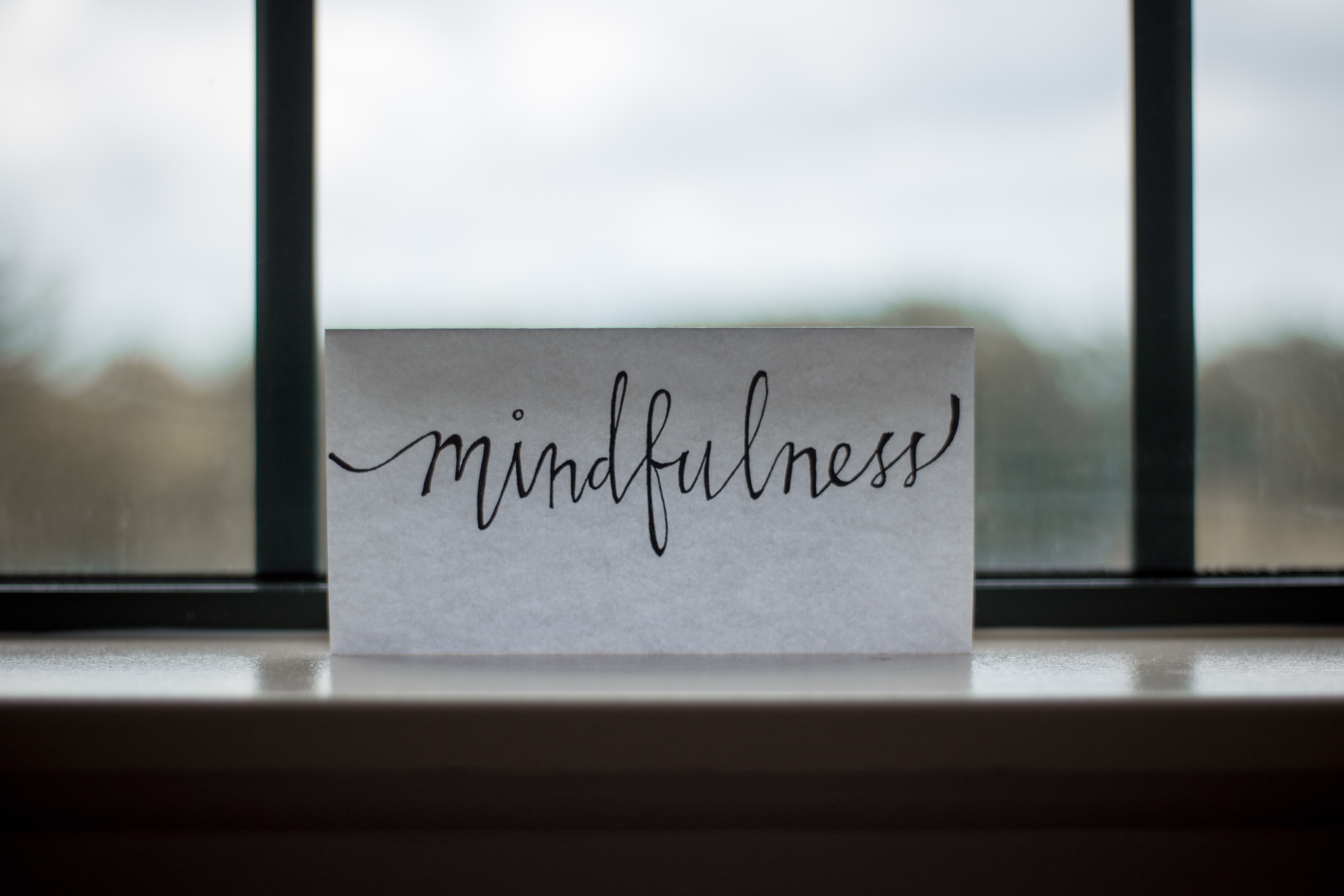Research continues to indicate the multiple benefits of mindfulness and meditation practices for reducing stress, increasing resilience, improving emotional regulation, strengthen the immune system, fostering a greater sense of connection, and other health benefits.
Mindfulness refers to an intentional and effortful awareness and focus on the present moment without judgment. Adding brief mindful moments to our daily routines is a necessity for our well-being. It helps us get out of our heads (e.g., escape our “monkey brain” that is on automatic pilot go mode) and tune into our bodies in the present here and now moment (not past nor future).
One mindful practice that is simple, user friendly for all ages, and can be done anytime and anywhere is via delighting our five senses! Below you will find some ideas of how to tune into your five senses as a form of mindfulness:
1. Taste: Whenever you are eating or drinking, notice and focus on the taste of that item. For example, is it salty or sweet? Is it tangy or spicy? Just savior the moment as you focus on what is in your mouth. Do NOT JUDGE it such as saying, “this is awful or I don’t like it.”
2. Sight: Sadly, use of electronics keep us out of what is happening around us in the present moment outside of the screen. Take a daily walk or just step outside for a minute away from your thoughts and daily obligations and NOTICE what you see. For example, you may note people walking, the color of a flower, the clouds in the sky, the shape of a leaf, etc.
3. Touch: We are always touching something or something is touching us; however, we often do not take the time to notice our tactile perceptions unless of course they are giving us an unpleasant sensation. Sensorial tactile mindfulness is about practicing becoming aware of everything that is touching your body and noticing how it feels (e.g., clothes on your body, heat of the sun shining on you, the breeze blowing through your hair, your feet pressing on the earth’s surface, etc.). Noticing if what is touching us feels soft or bumpy; cold or hot, etc. is part of mindful practice because you are increasing your present moment experiential awareness.
4. Sound: On a daily basis we are often programmed to listen to what we want and filtering out what we don’t want to hear. However, when engaging in a mindful moment using your sense of hearing, you should notice, absorb, and accept all the sounds that surround you (e.g., during a walk you may notice the sound of leaves rustling, birds chirping, cars driving by, etc.).
5. Smell: Noticing a smell may sound easy, but many people do not stop and “smell the roses.” A sensorial olfactory mindful moment includes allowing yourself to stop, notice, and take in the various smells that surround you at any one point in time (e.g., smell of coffee brewing, wet grass, food cooking, etc.).
Adding brief mindful moments to your (and your child’s) daily routine is imperative to fostering a healthy lifestyle. Tuning into your senses is one of many ways you can partake in mindfulness practices. Always remember that when you give yourself the gift of a brief mindful moment, you are providing your “monkey brain” or “auto-pilot brain” a much-needed rest. Even one mindful moment goes a long way so don’t postpone and get started on incorporating this healthy habit to your daily routine.
Maria Kanakos
Licensed Clinical Psychologist

